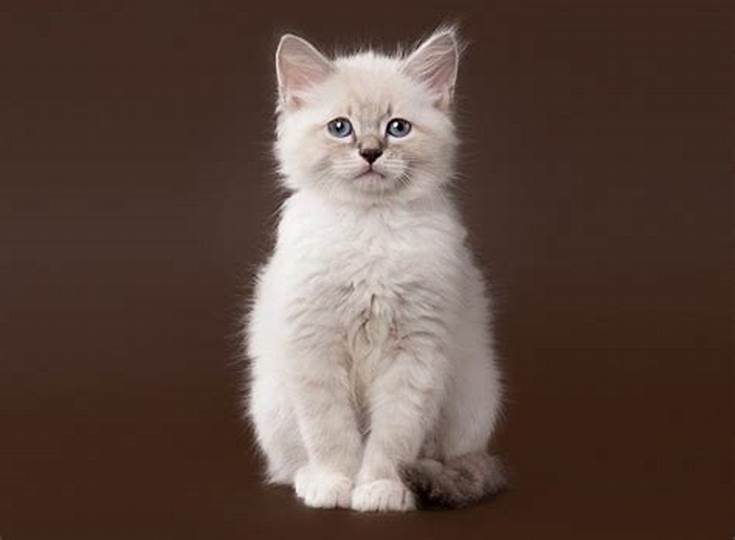
Nevada Cat|Nybyon Cat
In Europe in the 1960s, especially the United Kingdom, Russian Blue has a tendency to return to its original short stature and dark coat features.
Alias Oxi
English name Ocicat
Weight 3.5-7kg
Size Medium cat
Hair long Longhair
Origin United States
| Stickness: | Happiness: | ||
| Hair loss: | Body Odor: | ||
| Beauty Frequency: | Kids Friendly: | ||
| Yes Friendly people: | Animal Friendly: | ||
| Amount of exercise: | Trainability: | ||
| saliva level : | Cold Hardiness: | ||
| Heat Resistance: | Urban Adaptation Degree: |
History: "Ocey" is spelled "OCELOT" (American spotted wildcat) and "cat" combined. Indeed, the speckled coat of this breed gives it the appearance of a small feral cat. In 1964, Berkeley, Michigan-based breeder BIRGINIA DALY crossed Siamese- and Chocolate-pointed Curse cats to obtain a brindle-pointed color. Among the kittens that were obtained was a male cat named Tonga with an ivory coat and golden spots, but unfortunately the male cat was castrated. DALY then worked with other breeders including Tom Brown to continue the breeding effort. They used Abyssinian, Siamese, spotted, and cross-breeding to obtain the morphological characteristics that Ossi now has. The breed was officially recognized by the CFA in 1986. In 1988, TICA published the breed standard for it. Abyssinian cats are no longer allowed to cross with this breed. In 1989, the first European cat was introduced to France. Although the Ossi is common in the United States, it is still rare in Europe. |
Origin: USA. |
Personality: A friendly and alert personality. |
CFA Standard: Head: Head Shape: The skull is shaped like a modified wedge along the mouth The slight curve of nose to cheek blends into the wedge of the head, creating a pronounced but gentle bulge from the bridge of the nose to the forehead. Beard bending is not serious. The bowed neck should be graceful. Ears: Sensitive, medium in size, and set off the head to form corners. Assuming there is a horizontal line between the forehead, the ears should be at a 45-degree angle (i.e. neither tall nor short). In the above state, bonus points will be awarded if the ear hair extends vertically from the tip of the ear. Eyes: Large and almond shaped. The corners of the eyes are slightly tilted toward the ears, and the distance between the two eyes should be more than the length of one eye. Eyes of all colors are permitted except blue. There is no correlation between eye color and coat color. The deeper the color depth, the better. Mouth and Nose: Mouth and nose should be wide, slightly square, and have a certain length when viewed from the side. The jaw should be strong, with a strong jaw with a good bite. Body/Tail: Body Size: Medium to large. Given its size, it should have a surprising weight. It has been recorded that females are generally smaller than males. The overall structure and characteristics of the cat should be considered in the selection, not size alone. Body: Strong, somewhat long, plump and deep but not bulky. A sporty appearance with strong bones and well-developed muscles. Ribs rise slightly to give a deep, broad chest, back slightly higher than back, flanks flat. The sporty, strong and not lacking in softness of the Océ cat will be favored. Bulk or rough fur will not be welcome. Legs/Feet: Legs should be strong and muscular, medium to long, in proportion to their body size. The feet are oval in shape, with five toes on the forefoot and four toes on the back, in proper proportion to their legs. Tail: Fairly long, moderately tapered, with dark tip. Coat: Short and smooth, with a satin sheen, thick, round, and long enough to give the satin section no cashmere feel. Color: Spotting: All coats are banded except at the ends. In these markings, the tips of the hairs are dark, and the bases of the hairs are lighter in color. Colors: All colors should be clear and pleasing to the eye. The lightest coat is usually around the eyes and under the chin. The darkest color is on the tip of the cat's tail. |